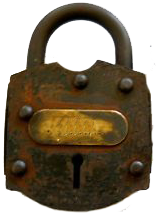People Who
Helped Hundreds
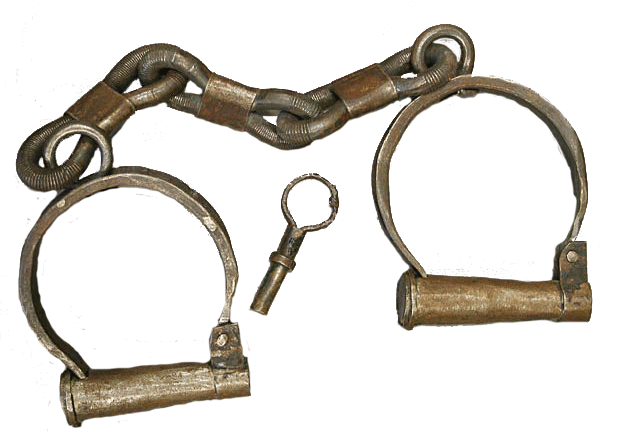
People who helped hundreds of escaping slaves find their way North or elsewhere are a diverse lot. Robert Purvis, Harriet Tubman, Sojourner Truth and Angelina and Sarah Grimke are some of many now famous abolitionists, whites and free blacks who helped many run away slaves. Slaves in states bordering the long, unguarded borders of neighboring free states had a slightly easier time of escaping than those further south. And with the passage of the Fugitive Slave Act of 1850, even if runaway slaves did make it to freedom, they could be captured by people who wanted to do harm and be sent back. Even Blacks who for years had been free and in business making a living, feared for their life and family. So people who aided slaves were subject to fines and imprisonment and disgrace. Blacks who helped other blacks were subject to being sold back into slavery regardless of their community status. Returning to the South after escaping could mean being sold, being beaten, or death. During this time frame, Canada, a British territory that had abolished slavery in the previous century, was the prime destination.
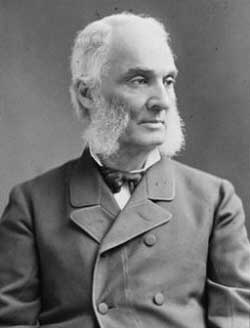 |
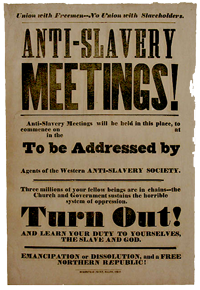 |
Robert Purvis, born of a mix ancestry of English and African-American, assisted abolitionist William Garrison in organizing the Pennsylvania Antislavery Society in 1837 in Philadelphia.
Although the Gradual Abolition Act had been passed in Pennsylvania in 1780 granting slaves freedom, the state was still openly racist. Also, as president of the Vigilance Committee of Philadelphia, he assisted fugitive slaves. An ardent abolitionist, he became concerned for his family’s safety and moved to Byberry, Bucks County, Pennsylvania, a stop on the Underground Railroad.
A stop or station was a location that escaping slaves considered to be
a safe place where they could rest and get food; a specific house was known as
a safe house.
|
Harriet Tubman may have been the most well known Underground Railroad conductor, helping hundreds of runaway slaves to escape and never losing anyone to capture. Confederates placed a $40,000 bounty on her. A former slave, she left her husband behind and escaped to freedom around 1821 by following the North Star.
Although some of her tactics may have seemed extreme, like drugging babies so they would not cry and expose the escaping family to capture, Harriet Tubman assisted thousands to freedom. She connected with other conductors, like Thomas Garrett, in Wilmington, Delaware, for further assistance. 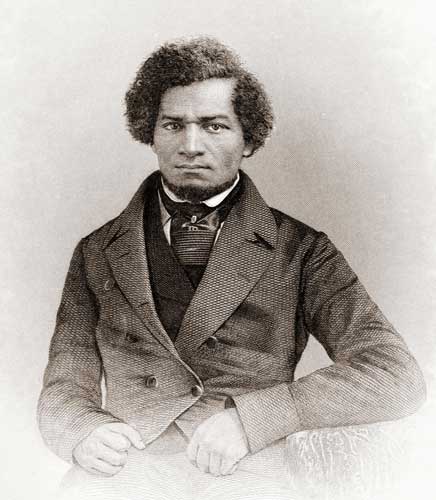 Frederick Douglass |
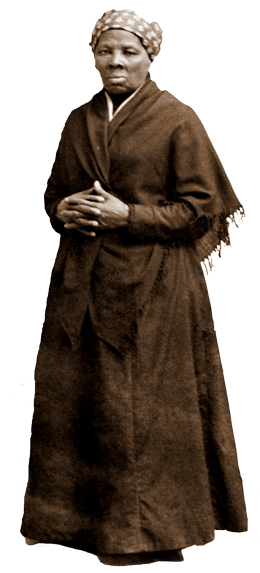 |
The Railroad was composed of free and enslaved blacks, white
abolitionists, and other activists, such as Frederick Douglass. Douglass was
noted as a dazzling orator and writer on antislavery. After escaping from
slavery, he became an Abolitionist Movement leader. The historic house and museum, Cedar Hill, is located in Washington, D.C. and honors this abolitionist.
Abolitionists were people who wanted slavery abolished.
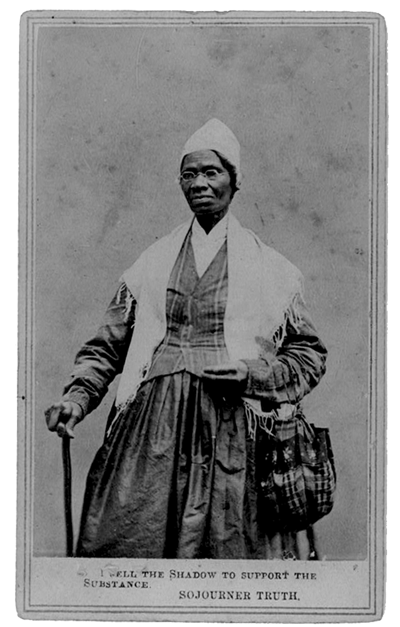 |
Sojourner Truth (left) was born as Isabella Baumfree into slavery in Ulster County, New York in 1797, before New York passed legislation to abolish slavery. After gaining her freedom, she became an ardent abolitionist and suffragist. By the start of the war she had become well known as a speaker on women's rights. 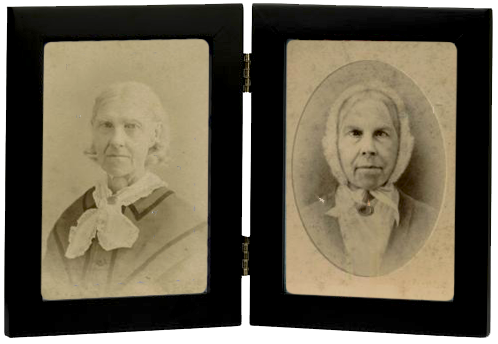 |
A few white Southerners also became abolitionists, such as Angelina and Sarah Grimke from South Carolina.
Return to the top of People Who Helped Hundreds, or follow the links below...
Share this site with your friends and associates using this link!



